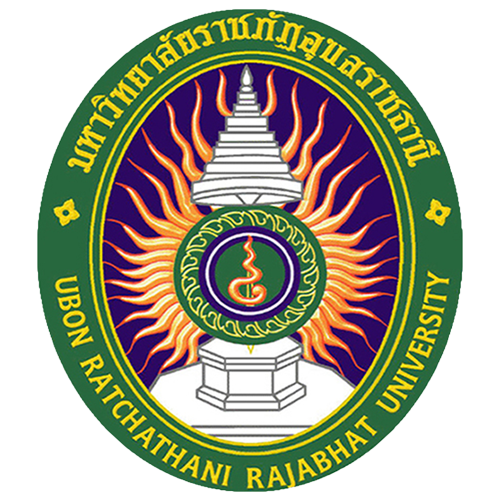Effect of the Addition of Cassava Starch on Physicochemical Properties, Nutritional Values, and Sensory Attributes of Thai River Sprat Clupeichthys aesarnensis Wongratana Crisps รัชดา อุยยืนยงค์ และ นิราศ กิ่งวาที
Main Article Content
Abstract
Wongratana crisps. The content of cassava starch at 0, 2, 4, 6 and 8 percent of fish weight was studied. Physicochemical and sensory properties were analyzed. The nutritional values were analyzed using Immucal Nutrient V.3 program. The result showed that Thai River Sprat crisps with 6 percent tapioca starch were the highest scores for color, flavor, taste, texture and overall liking in like very much level (7.07-8.23 scores). The product containing cassava starch at 8 percent had the highest values of hardness and fracturability (p<0.05). For color value, it was found that the addition of cassava starch had no effect on the L* values but tended to increase while increasing cassava starch significantly increased the a* and b* values (p<0.05). For the proximate composition, it was found that increasing cassava starch significantly increased energy and carbohydrate contents but significantly decreased fat, protein, moisture, ash, water activity and calcium contents (p<0.05). The nutritional values per 30 grams of the product with 6 percent tapioca starch are energy 49 kcal, carbohydrate 4 g, protein 4 g, fat 2 g, sugar 3 g, and calcium 250 mg.


